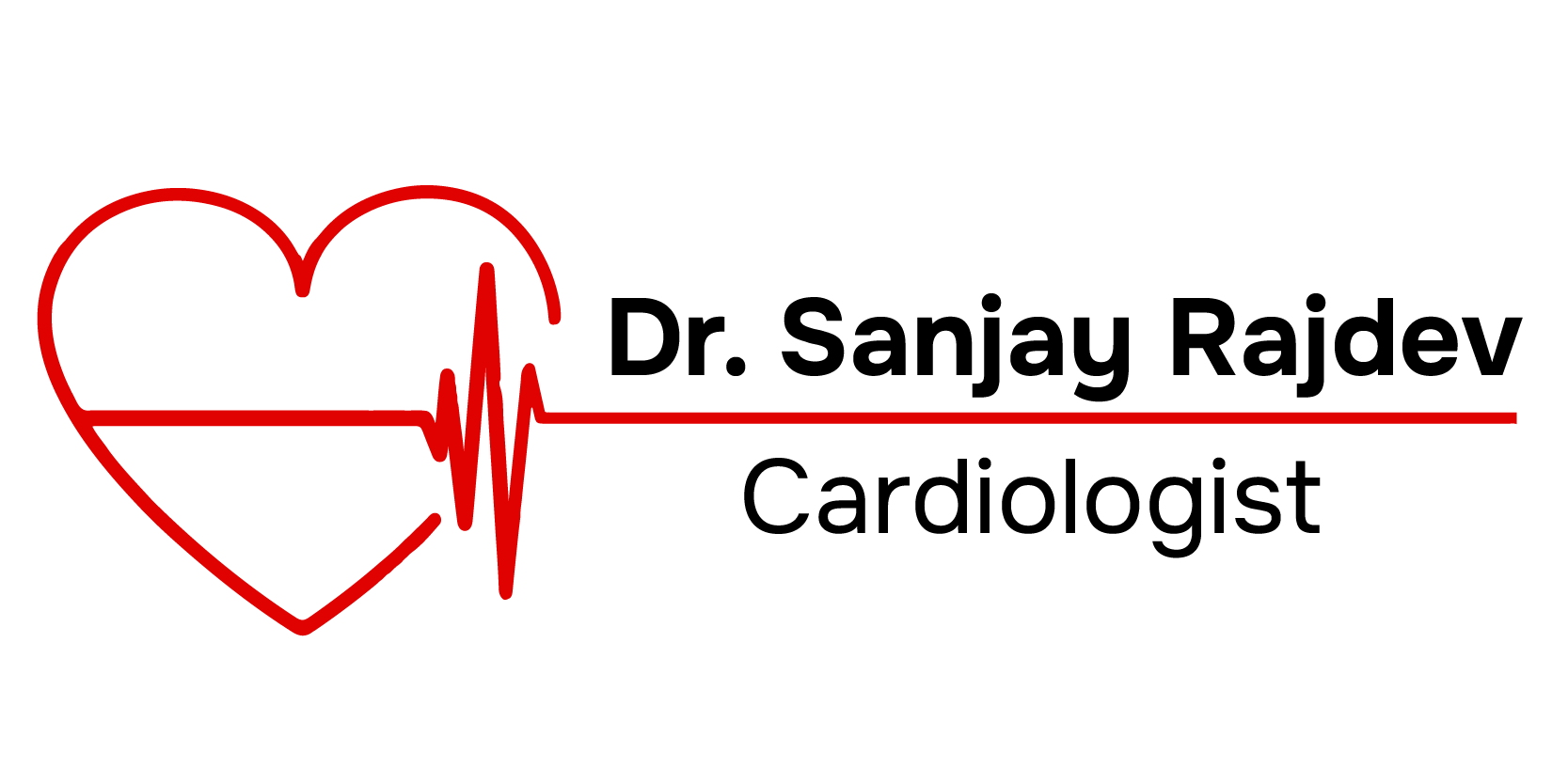Venous Thrombotic and Obstructive Diseases
Venous Thrombotic & Obstructive Disease Treatment in Mumbai

What is Venous Thrombotic and Obstructive Diseases ?
Venous thrombotic and obstructive diseases refer to a group of conditions characterized by the formation of blood clots or blockages within the veins, impeding the normal flow of blood. These conditions can occur in various parts of the body, including the deep veins of the legs (deep vein thrombosis or DVT), the pelvic veins, and the veins of the upper extremities. Obstructive diseases may also result from external compression of veins by tumors or other structures.
Venous thrombotic diseases are often associated with risk factors such as prolonged immobility, surgery, trauma, pregnancy, hormonal therapy, and certain medical conditions like cancer or clotting disorders.
Benefits of Treatment
The treatment of venous thrombotic and obstructive diseases offers several significant benefits:
- Helps prevent complications like pulmonary embolism, chronic venous insufficiency, and post-thrombotic syndrome, which can significantly impact a patient's quality of life.
- Relief from symptoms like pain, swelling, and discomfort following treatment, improving their overall well-being and mobility.
- Anticoagulant therapy and other treatments help reduce the risk of recurrent blood clots, especially in patients with predisposing risk factors.
- Improved Blood Flow.
- Enhanced Quality of Life.
Dr. Sanjay Rajdev is an expert in the treatments of venous thrombotic and obstructive diseases. He will help you to prevent complications, reduce symptoms, and improve overall quality of your life. From anticoagulant therapy to endovascular procedures and surgical interventions, he work to tailor treatment plans to individual patient needs while considering the potential benefits and risks associated with each approach.
FAQ
What are the common symptoms of venous thrombotic and obstructive diseases?
Common symptoms include swelling, pain, warmth, redness, and tenderness in the affected area, particularly in the legs for deep vein thrombosis (DVT). Chronic venous insufficiency may present with symptoms like leg heaviness, cramping, and skin changes such as discoloration or ulcers.

